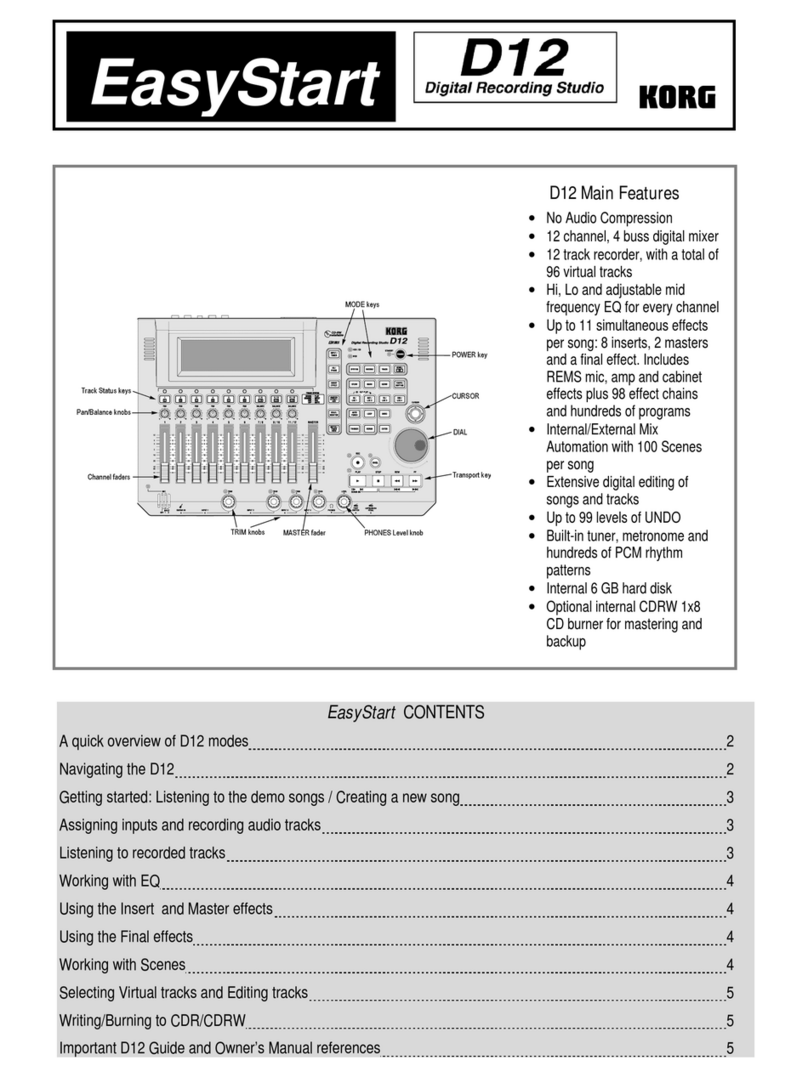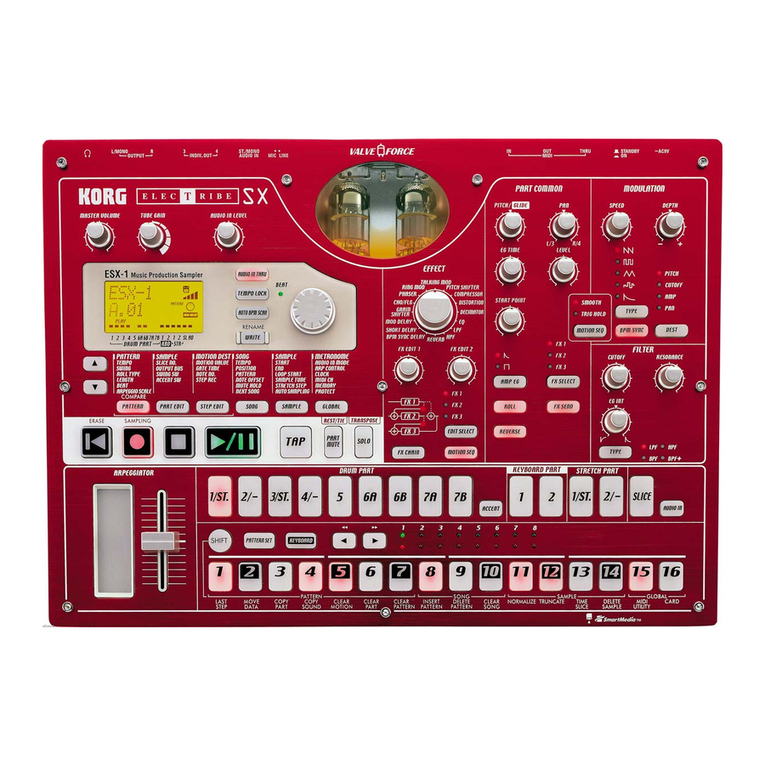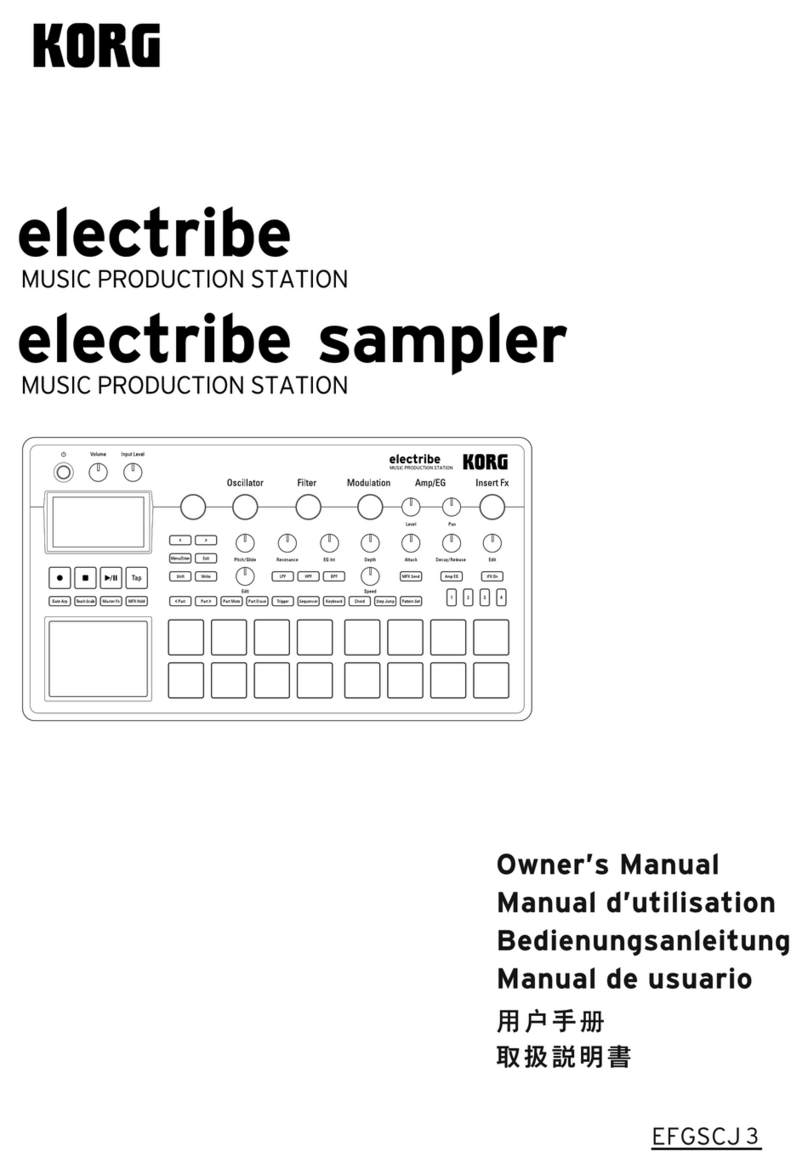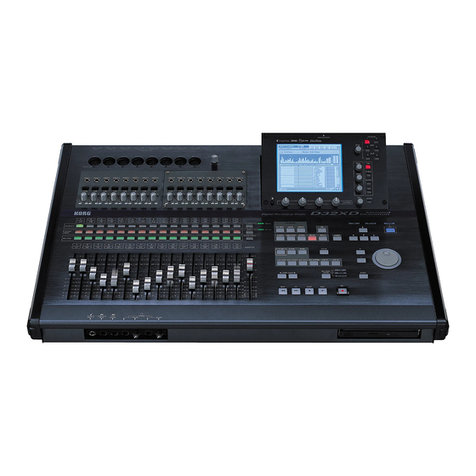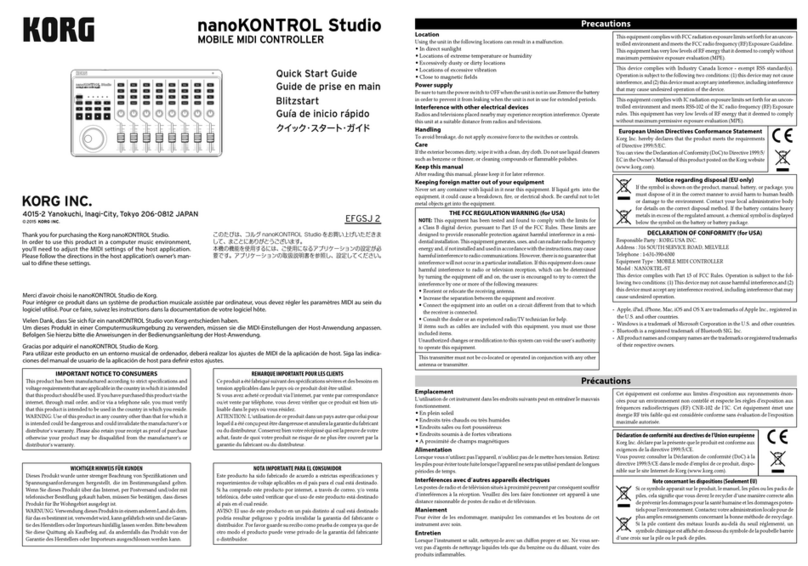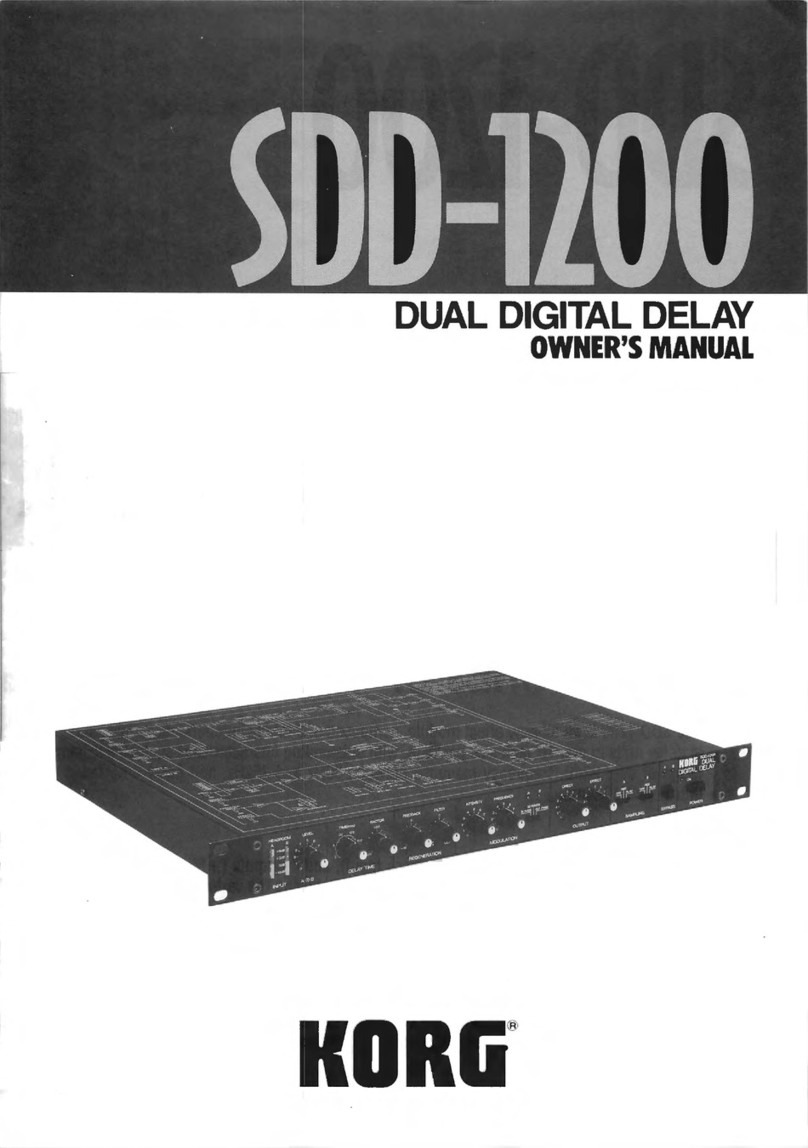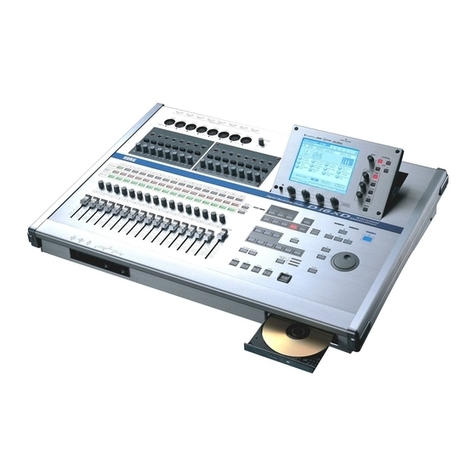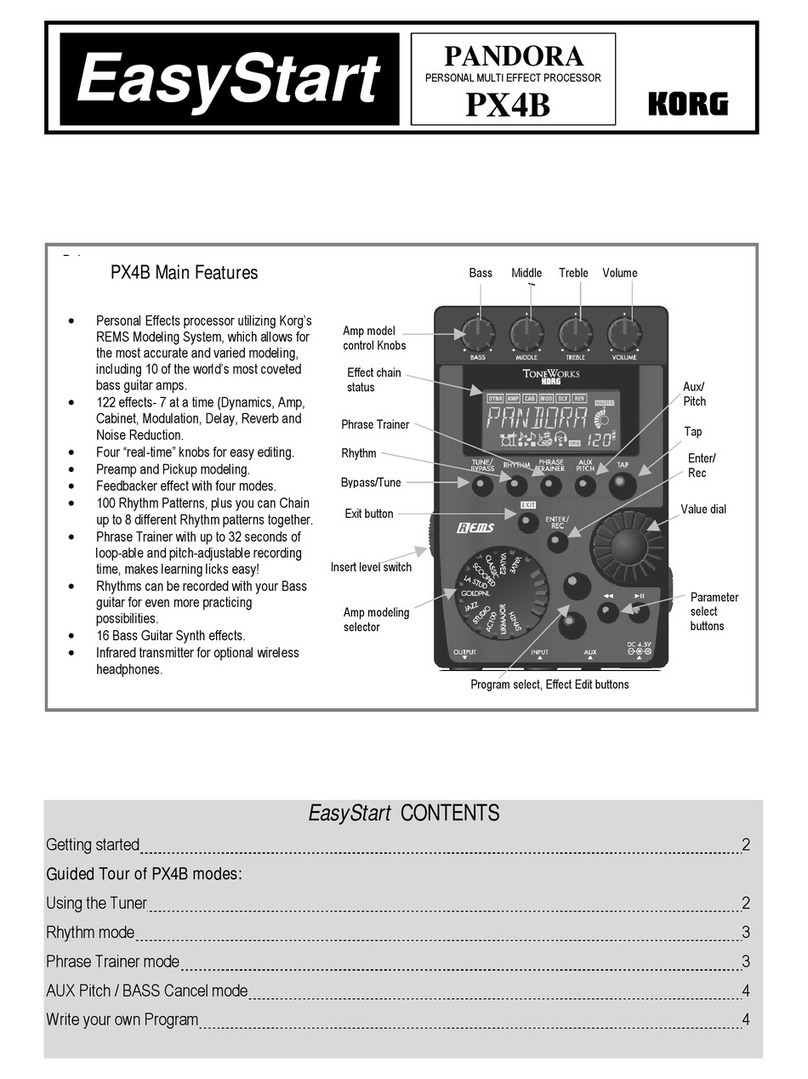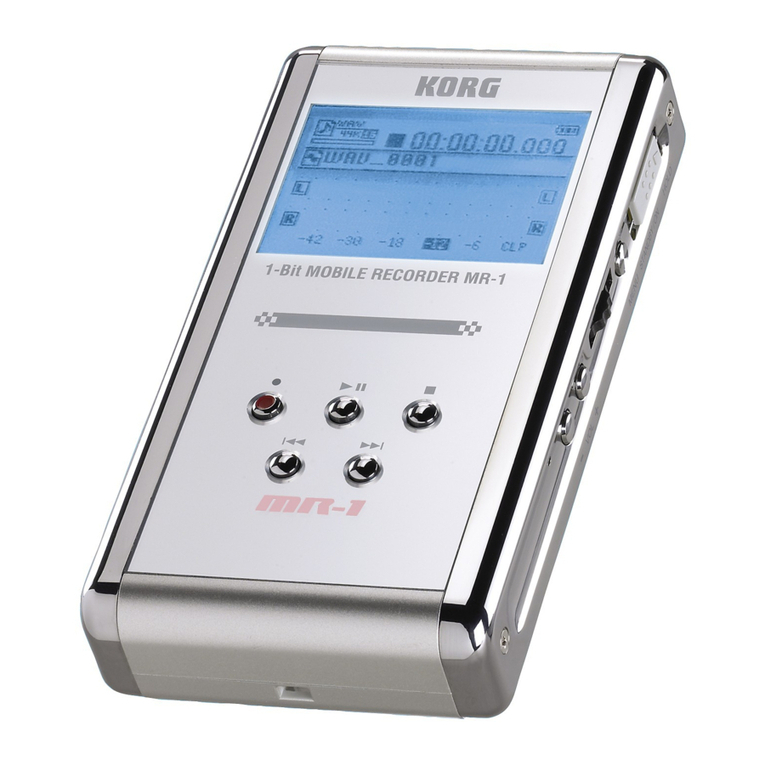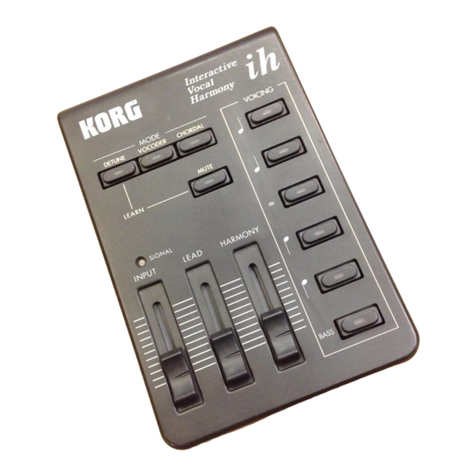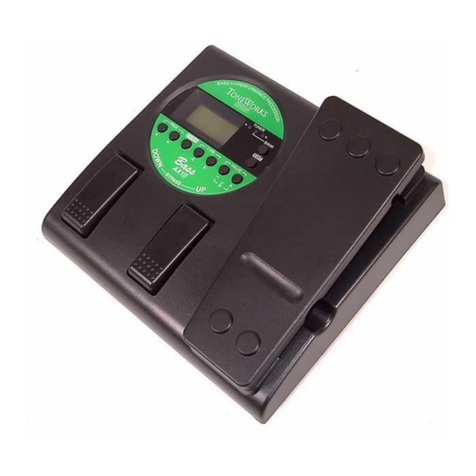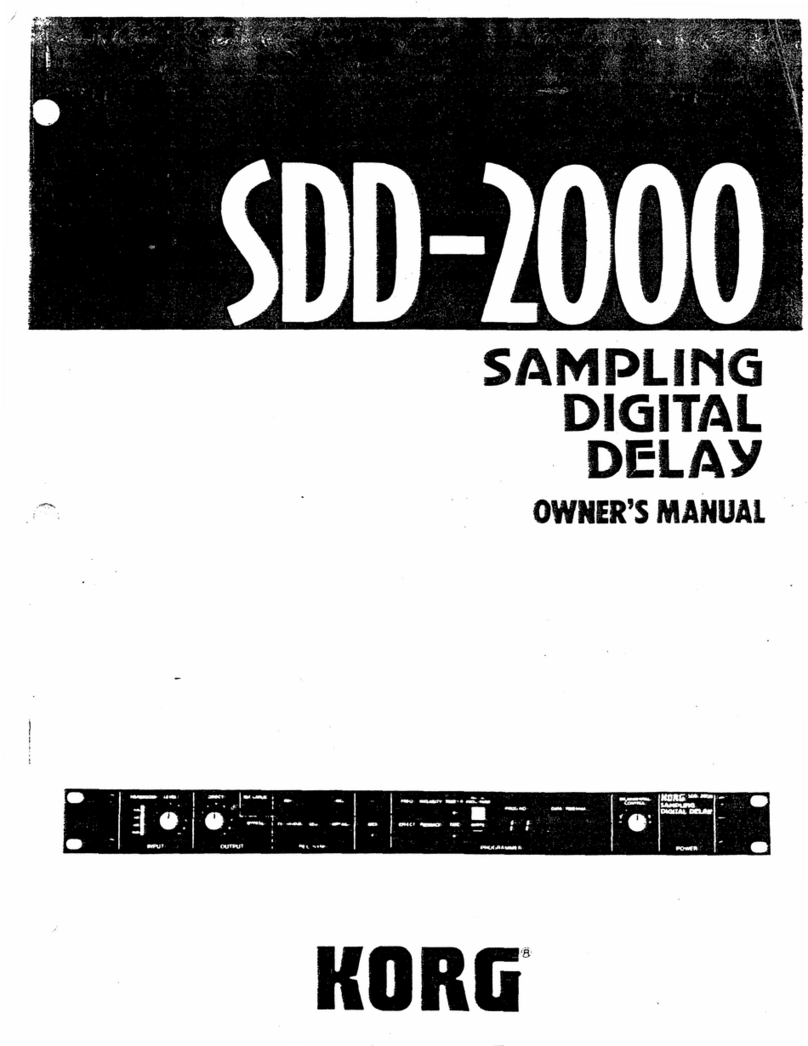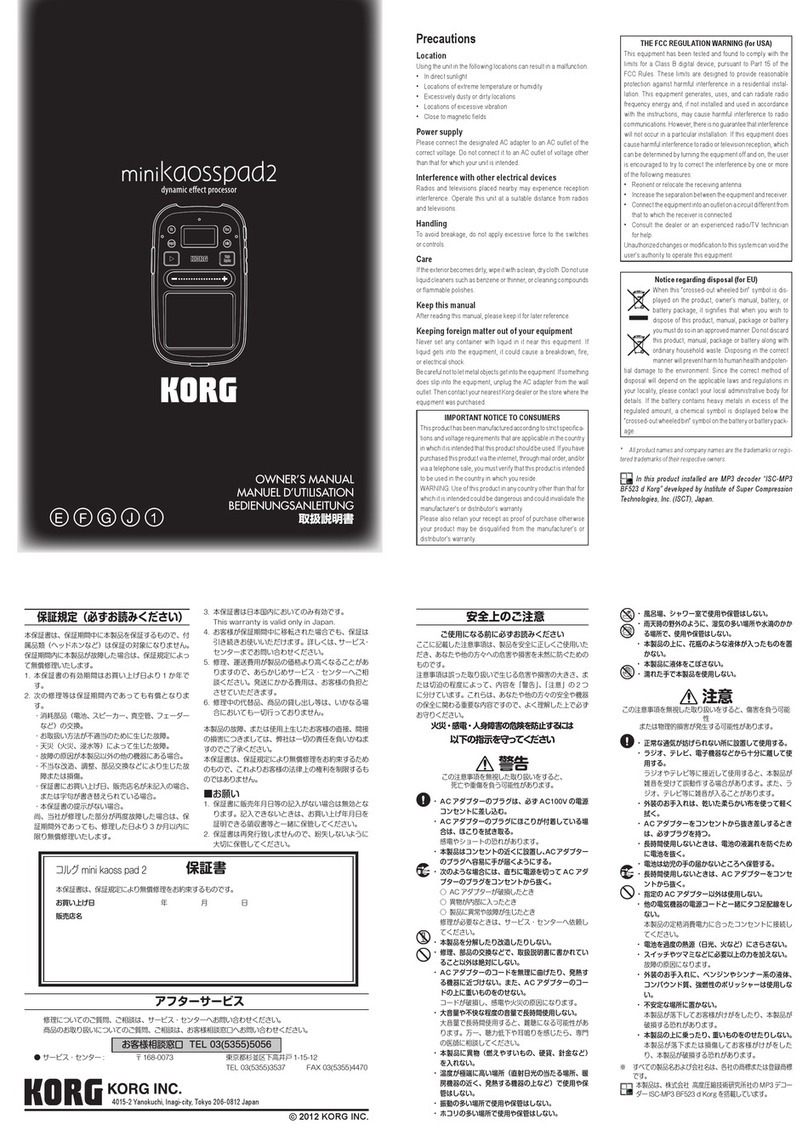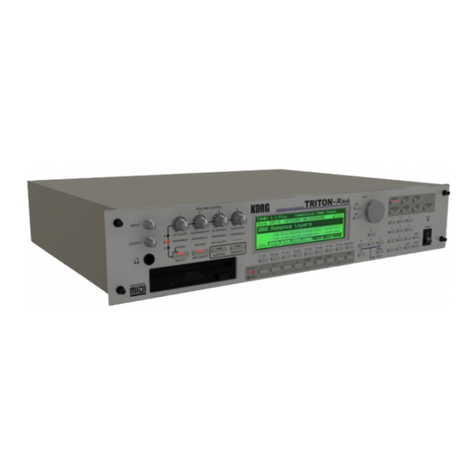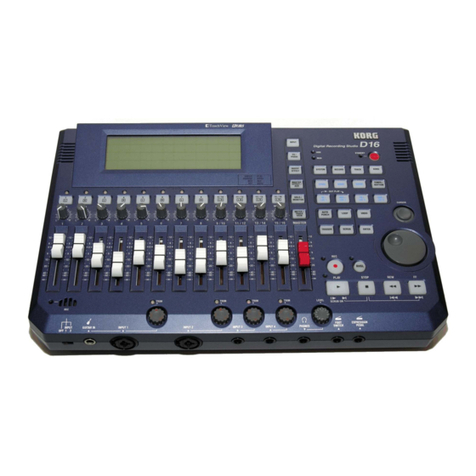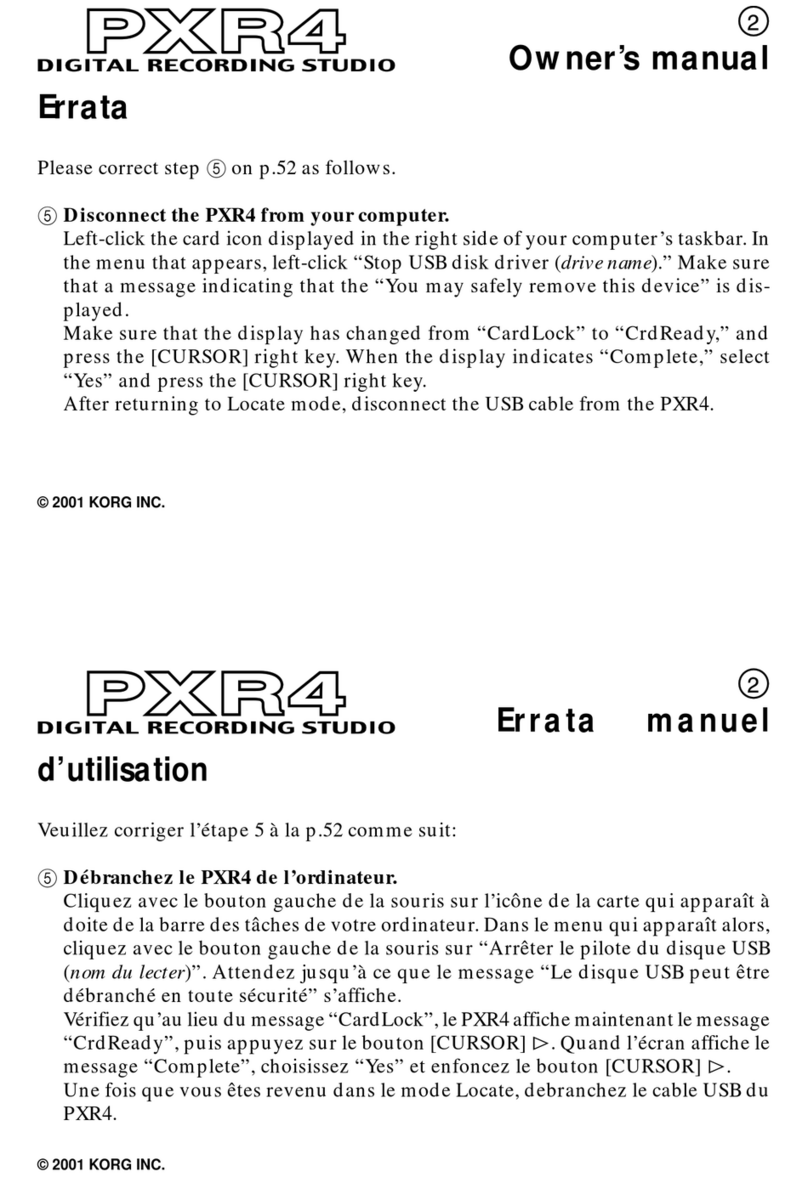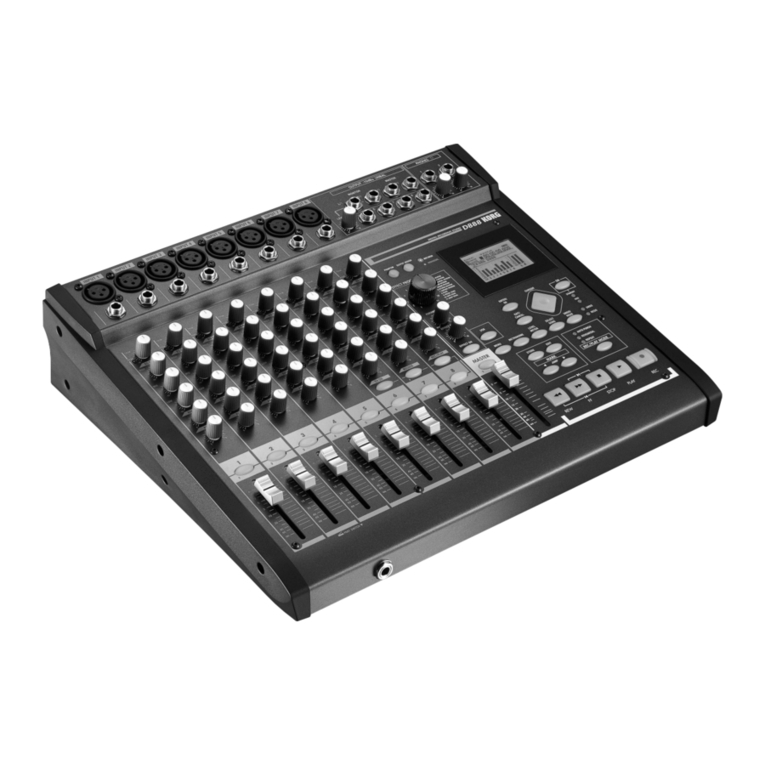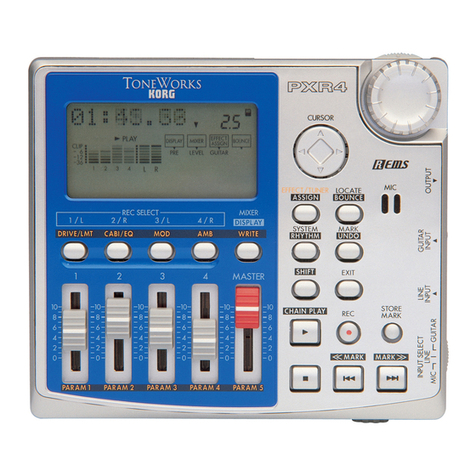
4
Notice regarding disposal (EU only)
When this “crossed-out wheeled bin”
symbol is displayed on the product,
owner’s manual, battery, or battery
package, it signies that when you wish
to dispose of this product, manual,
package or battery you must do so in an
approved manner. Do not discard this
product, manual, package or battery along with
ordinary household waste. Disposing in the correct
manner will prevent harm to human health and
potential damage to the environment. Since the
correct method of disposal will depend on the
applicable laws and regulations in your locality,
please contact your local administrative body for
details. If the battery contains heavy metals in excess
of the regulated amount, a chemical symbol is
displayed below the “crossed-out wheeled bin”
symbol on the battery or battery package.
IMPORTANT NOTICE TO CONSUMERS
This product has been manufactured according to
strict specications and voltage requirements that
are applicable in the country in which it is intended
that this product should be used. If you have
purchased this product via the internet, through
mail order, and/or via a telephone sale, you must
verify that this product is intended to be used in
the country in which you reside.
WARNING: Use of this product in any country
other than that for which it is intended could be
dangerous and could invalidate the manufacturer’s
or distributor’s warranty. Please also retain your
receipt as proof of purchase otherwise your product
may be disqualied from the manufacturer’s or
distributor’s warranty.
*All product names and company names are
the trademarks or registered trademarks of
their respective owners.

